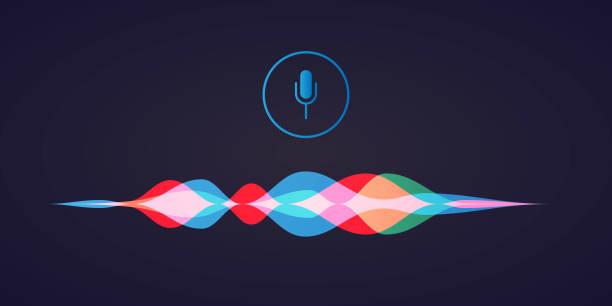
10-Jan-2023
Understanding of Human Voice by Voice Assistance
Voice assistants are becoming increasingly commonplace in our homes and workplaces. From Amazon’s Alexa to Apple’s Siri, these devices have the potential to revolutionize the way we interact with technology. But what lies beneath this convenience? How exactly do voice assistants understand human speech, allowing them to interpret commands and provide useful information? In this blog post, we will break down the complexities of understanding human voice by voice assistance and explore recent developments in the field that could make these technologies even more powerful and convenient.
Different types of voice assistance
Voice assistants are software programs that can interpret human speech and respond accordingly. They are used in a variety of settings, including homes, offices, and cars. There are three main types of voice assistants:
1. Home assistants: Home assistants are voice-activated software programs that perform tasks or answer questions related to the home. They can be used to turn on lights, set alarms, and play music. Some home assistants can also control smart appliances such as thermostats and door locks.
2. Office assistants: Office assistants are voice-activated software programs that perform tasks or answer questions related to the office. They can be used to schedule meetings, send emails, and make phone calls. Some office assistants can also access files and documents stored on the user’s computer.
3. Car assistants: Car assistants are voice-activated software programs that perform tasks or answer questions related to the car. They can be used to make hands-free phone calls, get directions, and play music. Some car assistants can also control the car’s climate control system and navigation system.
A. Amazon Echo
- Amazon Echo is a voice-activated assistant that responds to questions and commands. It is powered by the Alexa Voice Service, which is a cloud-based voice recognition system. Echo uses natural language processing (NLP) to parse questions and commands, and it can perform actions such as setting alarms, adding items to a to-do list, or playing music.
- Echo has been designed to provide a hands-free experience; it can be controlled with voice commands, and it does not require a touch screen or physical buttons. The device consists of a small speaker and an array of microphones that are used to detect the user's voice. When the user speaks a command or question, Echo sends the speech data to the Alexa Voice Service in the cloud. The service then interprets the user's intent and sends back a response.
- When Echo receives a request from the user, it first checks to see if the request can be handled locally on the device. If not, Echo sends the request to the cloud for interpretation. For example, when you ask Echo to play music from
B. Google Home
In recent years, the Google Home has become a popular voice assistant. Its voice recognition technology is based on a deep learning algorithm that can understand human speech. This algorithm is trained on a dataset of more than 10,000 hours of speech. The Google Home can recognize different accents and dialects of English, as well as other languages such as French, Spanish, and German.
C. Apple Homepod
When it comes to voice assistants, Apple's Homepod is in a class of its own. The device is designed to work with Apple's Siri assistant and can be used to control smart devices, play music, and more. Homepod is also equipped with six microphones that help it to identify the user's voice and respond accordingly. Thanks to these features, Homepod is able to provide a superior experience when compared to other voice assistants on the market
How to get the most out of Voice Assistance
1. Voice assistance is amazing for helping us get things done hands-free, but in order to get the most out of it, there are a few things you should keep in mind.
2. First, be clear and concise when speaking to your voice assistant. The more clearly you speak, the better it will be able to understand you and fulfill your request.
3. Secondly, try to avoid using filler words like 'um' or 'uh.' This can confuse the voice assistant and make it harder for it to accurately interpret what you're trying to say.
4. Finally, if you're unsure of how to properly pronounce a word or name, don't be afraid to ask for help. Most voice assistants are equipped with dictionaries and can help you with the proper pronunciation.
Conclusion
All in all, it's clear that voice assistance has come a long way since its early days. Nowadays, AI-powered systems are capable of understanding not just human language but also the nuances and subtleties that come with it. This is especially true when dealing with human voices, as these devices have become increasingly adept at recognizing different accents, intonations and dialects. With this newfound level of sophistication, voice assistance technology has opened up an array of possibilities for people to explore and enjoy – both now and in the future!

SEO and Content Writer
I am Drishan vig. I used to write blogs, articles, and stories in a way that entices the audience. I assure you that consistency, style, and tone must be met while writing the content. Working with the clients like bfc, varthana, ITC hotels, indusind, mumpa, mollydolly etc. has made me realized that writing content is not enough but doing seo is the first thing for it.
Comments
Join Our Newsletter
Subscribe to our newsletter to receive emails about new views posts, releases and updates.
Copyright 2010 - 2026 MindStick Software Pvt. Ltd. All Rights Reserved Privacy Policy | Terms & Conditions | Cookie Policy